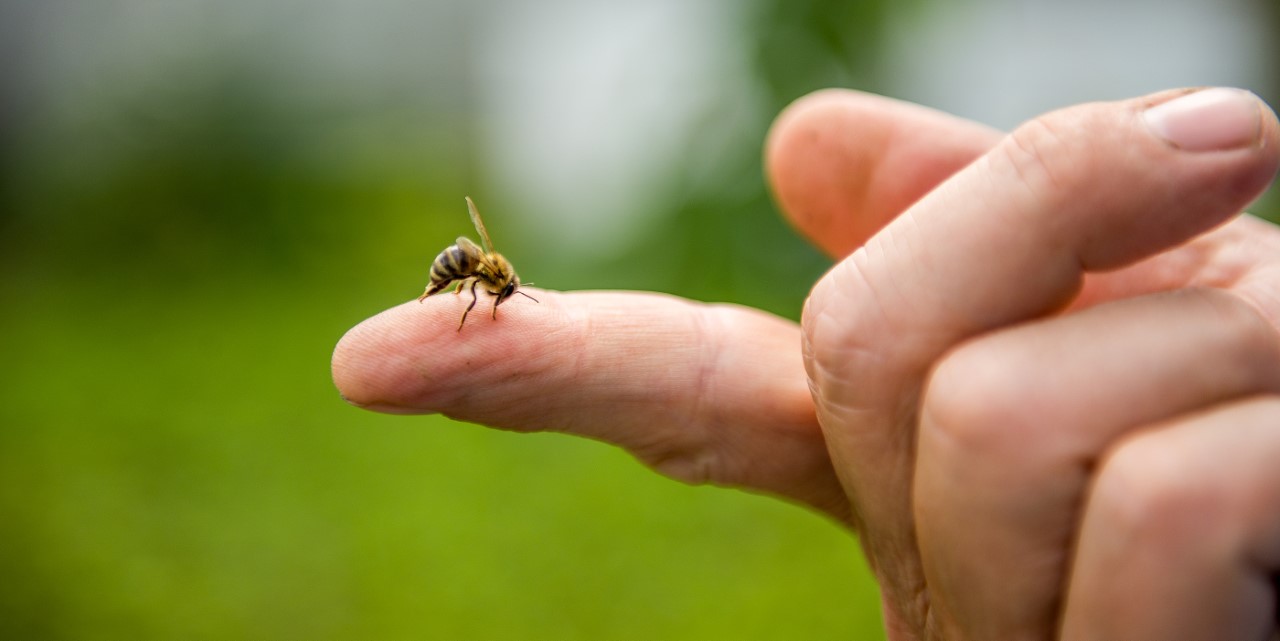
Bee Careful: How to Avoid a Stinging Issue in 9 Bee Safety Tips
“Every man for himself!” is the battle cry of one of our VP’s sisters when it comes to bees. If you’ve ever been stung by

“Every man for himself!” is the battle cry of one of our VP’s sisters when it comes to bees. If you’ve ever been stung by
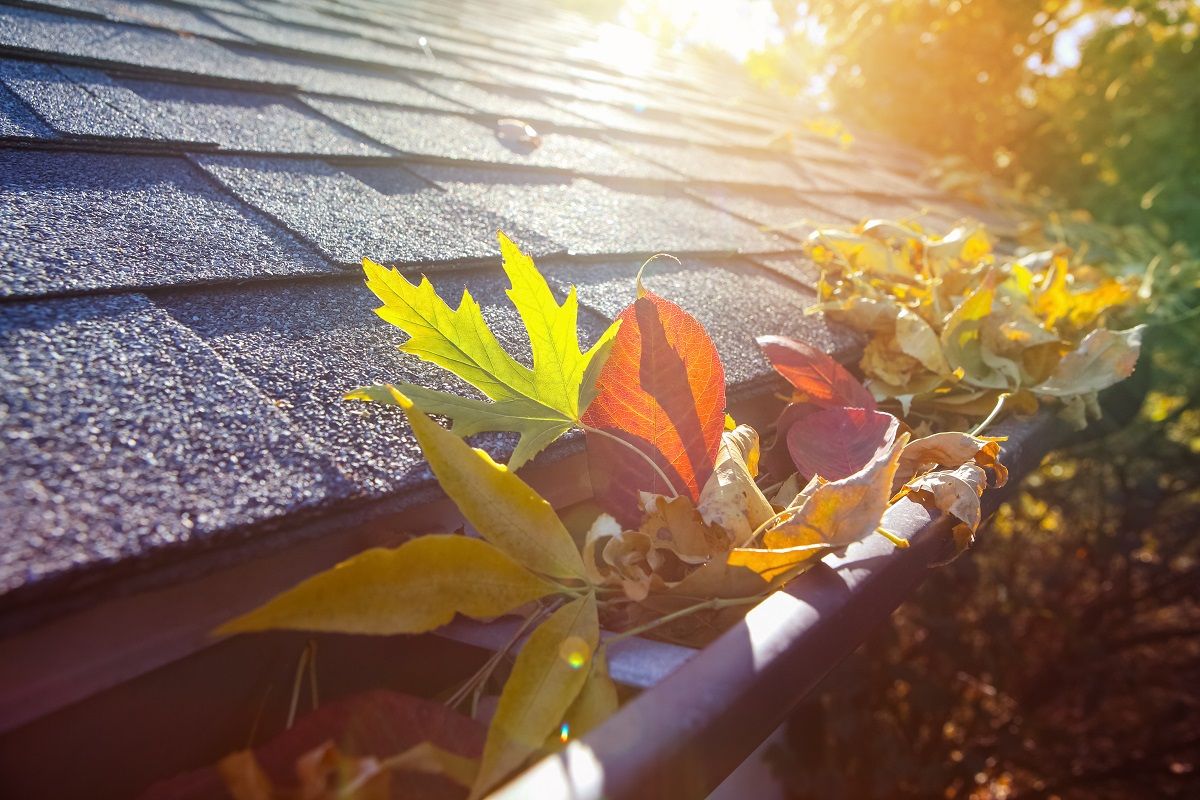
Halloween is a time for ghoulish delights, not homeowner frights, but that’s exactly what your home might deliver. And when you have expected guests popping
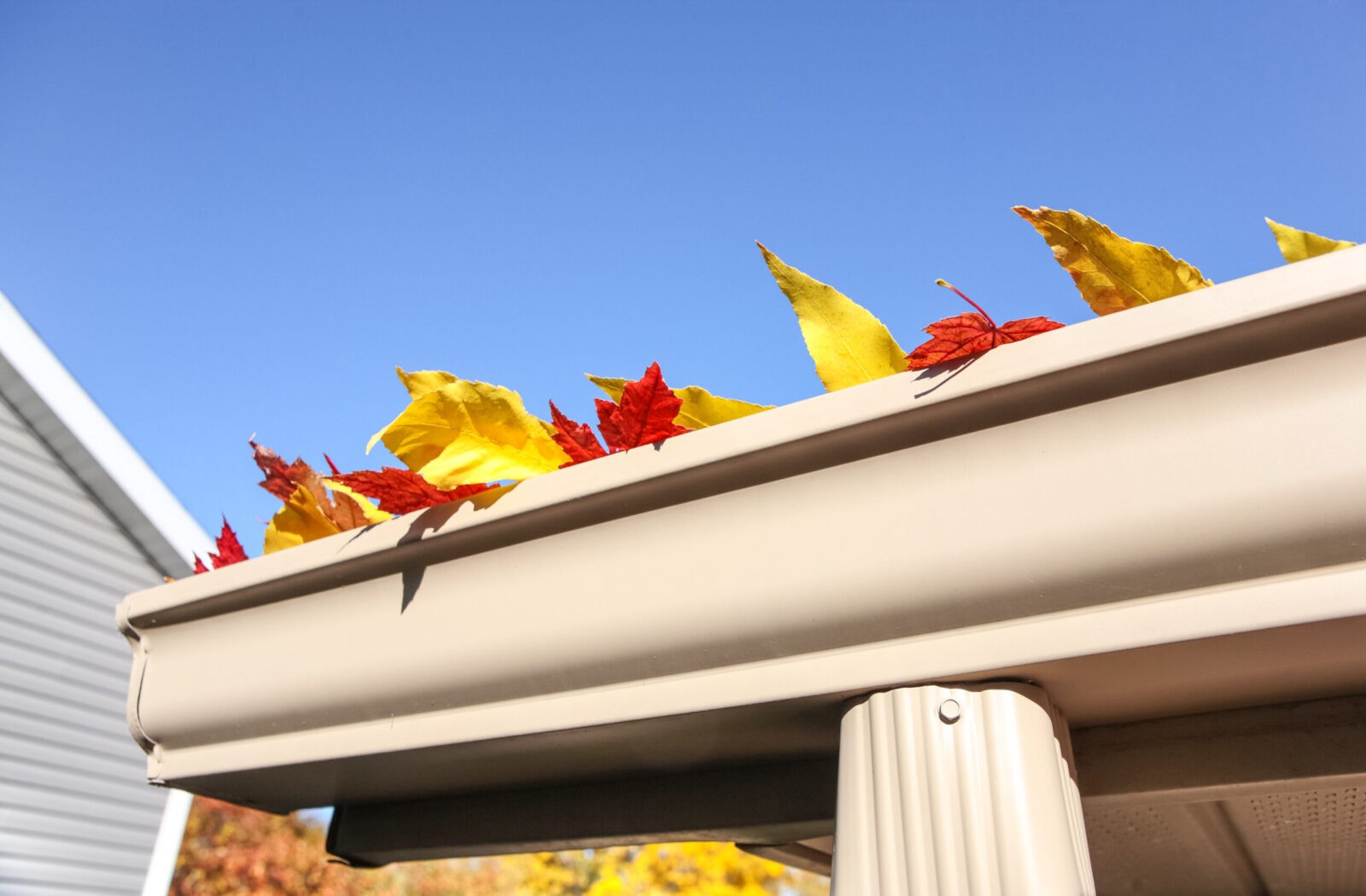
You need to get your mind in your gutter twice a year (figuratively speaking, of course). If you leave your gutters alone for too long,
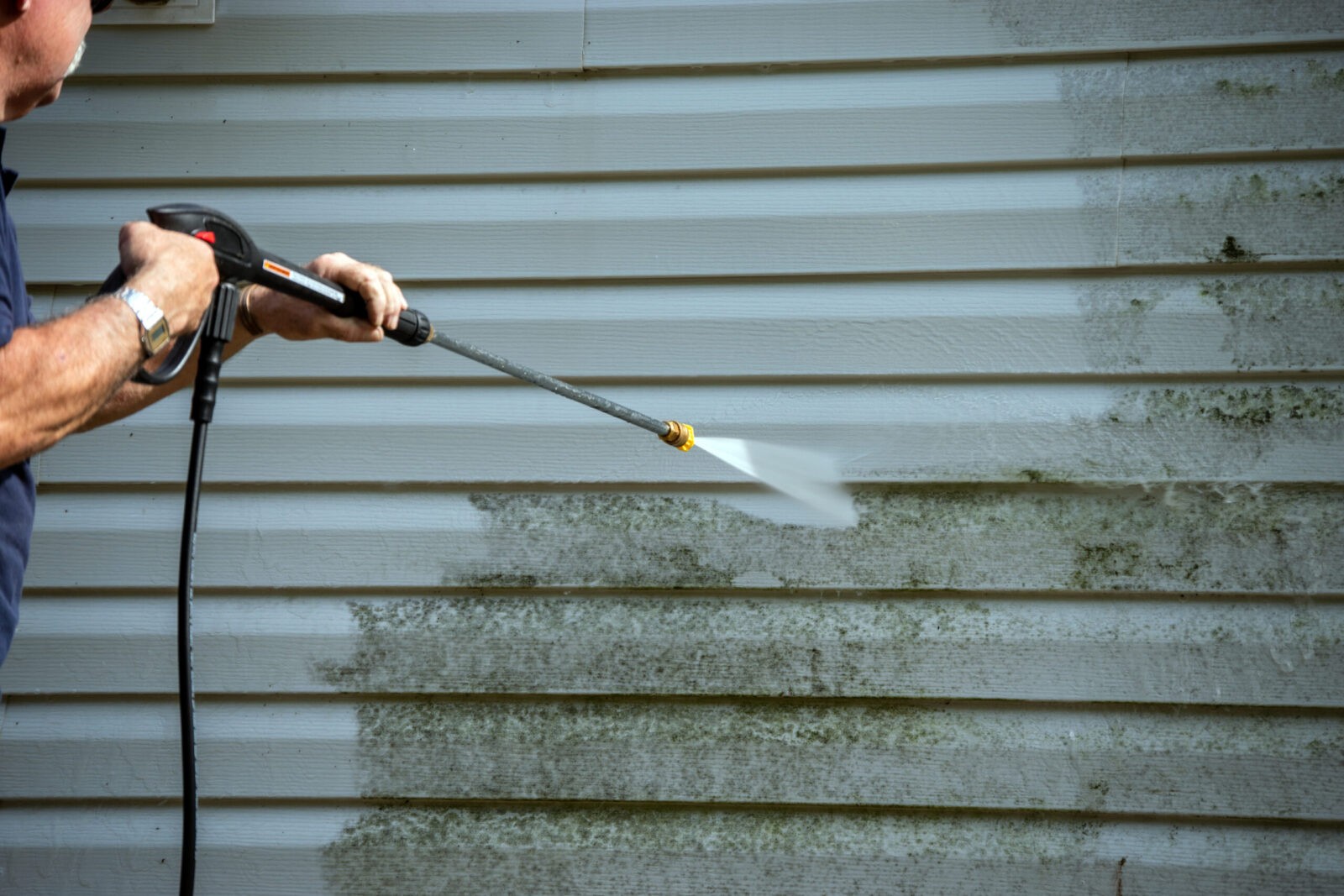
Summertime is the perfect time to make your way out onto your deck with a nice cold beverage and the beach read you’ve been meaning

In some parts of the country, fall means your lawn loses its lush, green curb appeal. For it to return to its full glory next
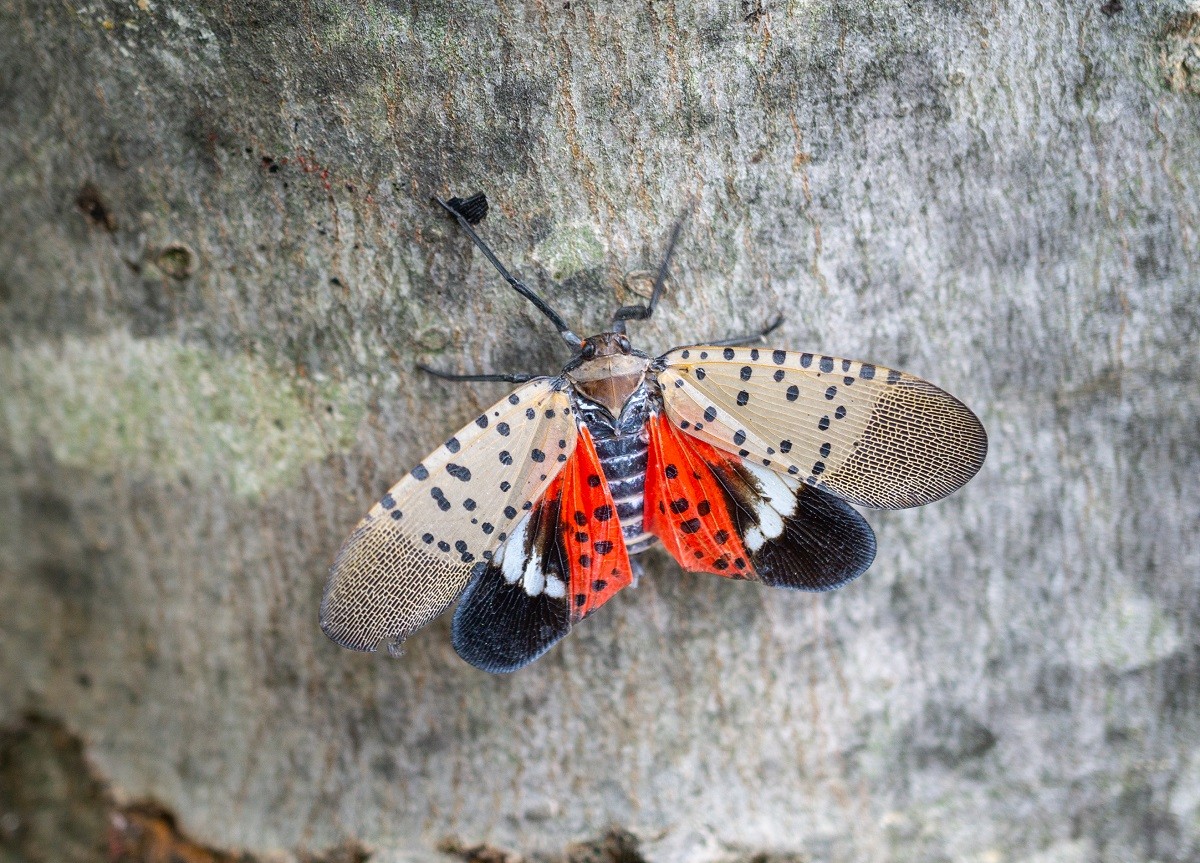
If you’ve been spending more time outdoors this year, you may have noticed a large fly with black-spotted, gray wings. Unfortunately (or fortunately), this insect

September 28 is National Good Neighbor Day, but how many of us can say we’re good neighbors? Does your dog bark at 11 p.m. when your
Copyright 2024 vipHomeLink Holdings, Inc. – All Rights Reserved | Patents Pending